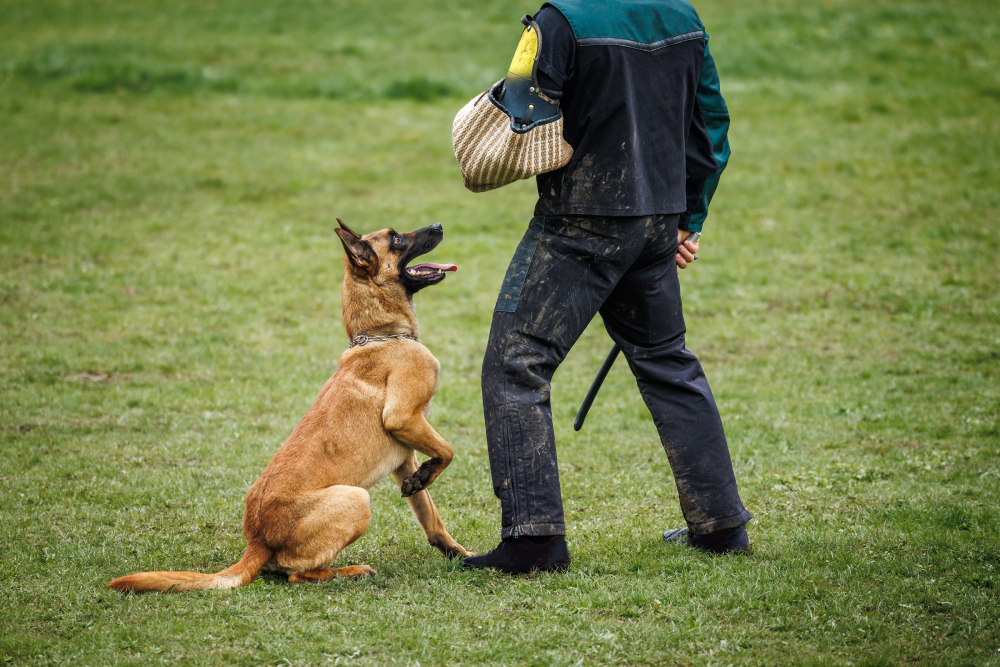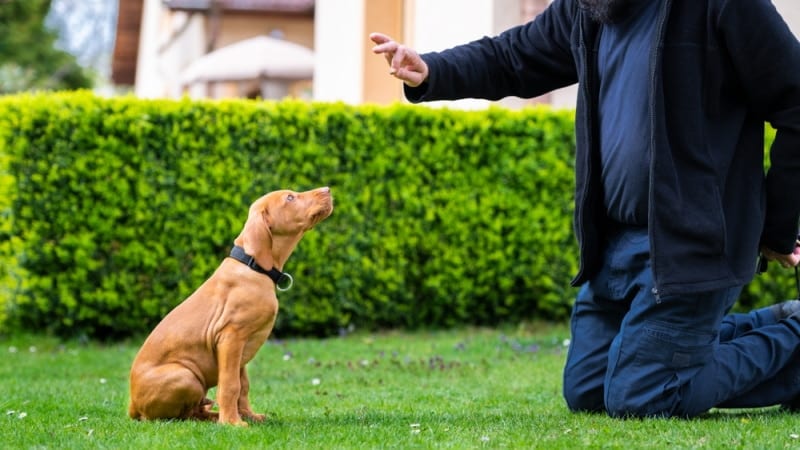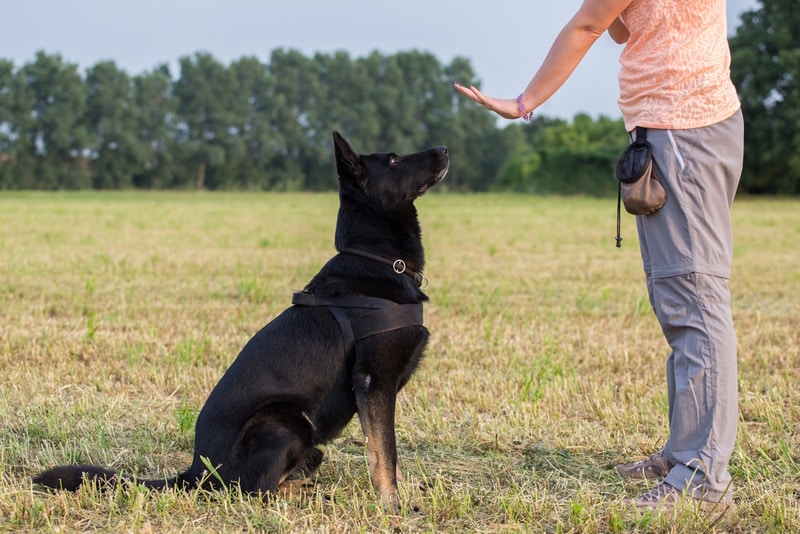The idea of rescuing and training a feral dog may seem appealing, though quite intimidating. Feral dogs are those that have never or may have previously lived with humans but have spent a significant amount of time on their own. Even though feral dogs may have known and lived with humans in the past, they typically have reverted to their natural instincts, which can make them more complicated to deal with.
However, with patience, consistency, and the right approach, it is indeed possible to train a feral dog. Keep reading to learn more about these dogs and what you can do to save one—or more—from the streets.

What You Need to Know About Training Feral Dogs
Unlike domesticated dogs, feral dogs have had little to no recent dependence on humans and have learned to survive on their own 1. As a result, they may exhibit behaviors that are more challenging to modify compared to those of domesticated dogs.
It is important to note that patience is a virtue when dealing with feral dogs. Building trust and establishing a bond with these animals takes time, and forcing them into obedience can lead to fear and aggression. Indeed, while feral dogs can be trained, they can also become extremely aggressive when forced to interact with humans.
Socializing feral dogs is a crucial aspect of their training. Exposing them to various environments, people, and other animals will help them adapt to new situations and may reduce fear-based behaviors. Gradual introductions and positive reinforcement during socialization can significantly contribute to a feral dog’s ability to thrive in a domestic setting.
Lastly, seeking the assistance of certified dog trainers or behaviorists with experience in rehabilitating feral dogs can be immensely beneficial 2. These experts usually possess the knowledge and skills to tailor training methods to the unique needs of feral dogs. If there are organizations in your area that specialize in rescuing feral or stray dogs, they may be able to provide you with direct support. Even if they can’t, you should still stay in touch with them and ask for advice and recommendations on helpful resources.

Important Things to Consider
Beyond the training process, there are essential things to keep in mind before embarking on your rescue mission:
- Fence your yard. After living for a long time on the streets, your rescue will likely try to escape. Therefore, you need to create a safe and secure environment to prevent this from happening. Fences and leashes are mandatory tools to prevent your feral dog from returning to the environment that they are most familiar with.
- Make sure you are ready for a long-term commitment. The entire process of training a feral dog is not something to take lightly. Building trust between you and your dog may take a long time, and you will surely encounter setbacks and make mistakes. Make sure you are ready for this challenge, and seek advice from qualified behavior consultants and trainers if you need additional support.
- Talk to your vet. While it’s important to schedule a physical exam to run your new dog through all the necessary tests, vaccinations, and parasite control and to make sure they don’t have any underlying issues that require urgent care, you should first check with a veterinary clinic if they are willing to receive (and treat) a feral dog. Since a feral dog will likely be scared and aggressive, it is imperative to make sure the vet team can handle them properly. Otherwise, you may need to look for other clinics that have staff with the necessary skills.
If you need to speak with a vet but can't get to one, head over to PangoVet. It's our online service where you can talk to a vet online and get the advice you need for your pet — all at an affordable price!


Frequently Asked Questions
Can Any Dog Be Trained, Regardless of Age or Background?
While training is possible for most dogs, age and background can influence the ease of training. Younger dogs generally adapt more readily, and feral dogs may require additional time and patience due to their unique experiences.
How Long Does It Take to Train a Feral Dog Successfully?
The duration of training varies depending on the individual dog’s temperament, past experiences, and the consistency of training efforts. Some dogs may show improvement within a few weeks, while others may take several months.
Can You Train a Feral Dog Without Professional Assistance?
While it is technically possible to train a feral dog without professional help, seeking guidance from experienced trainers or behaviorists can significantly enhance your safety, as well as the success and efficiency of the training process.


Final Thoughts
Training a feral dog is possible, but it will require a specific approach. Building trust takes time, especially with feral dogs that may be afraid of humans. This fear can also make them more aggressive, so seeking help from an experienced professional (especially at the time of adoption) can help provide for everyone’s safety. Ensuring that a veterinary team can handle this case is also crucial. But if you are willing to invest your time, energy, and sufficient financial resources into saving a feral dog, the rewards will be immeasurable.
Featured Image Credit: Luca Nichetti, Shutterstock



















2 Responses
I have a feral puppy he is maybe 6 months old and I just got him . He is a small dog maybe 12 lbs but he won’t drink water or eat the puppy
Food. He ate some broiled
Chicken and this morning i scrambled an egg and he ate that . What do I do?
I am making A well puppy vet appointment next week. I just need some advice on what to do o. A daily basis. He just wants to stay in his crate. Or hide behind a chair!